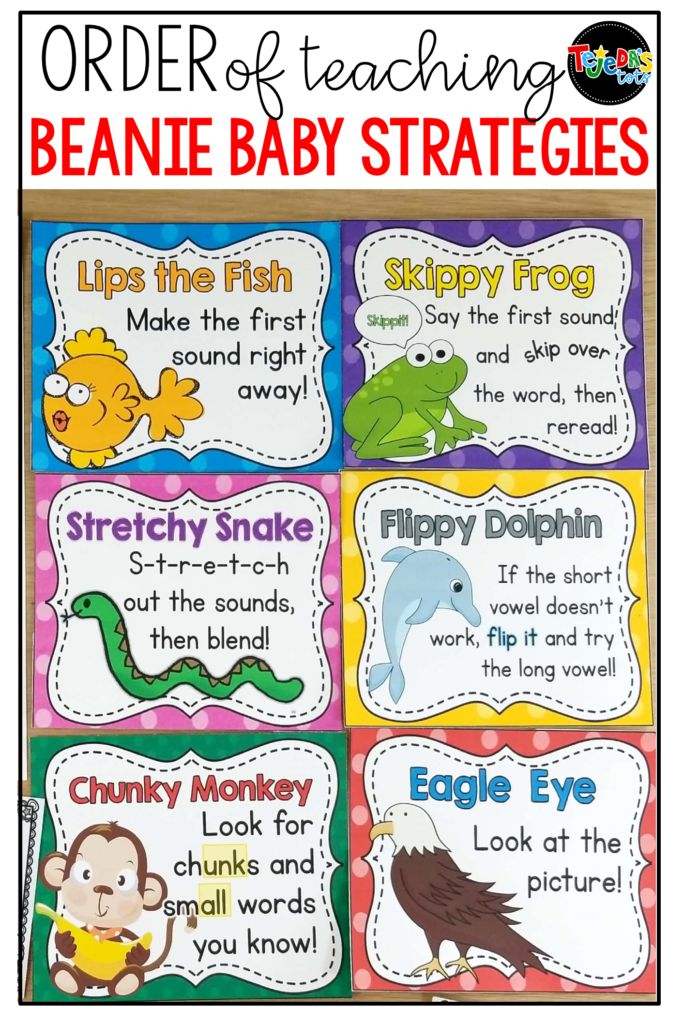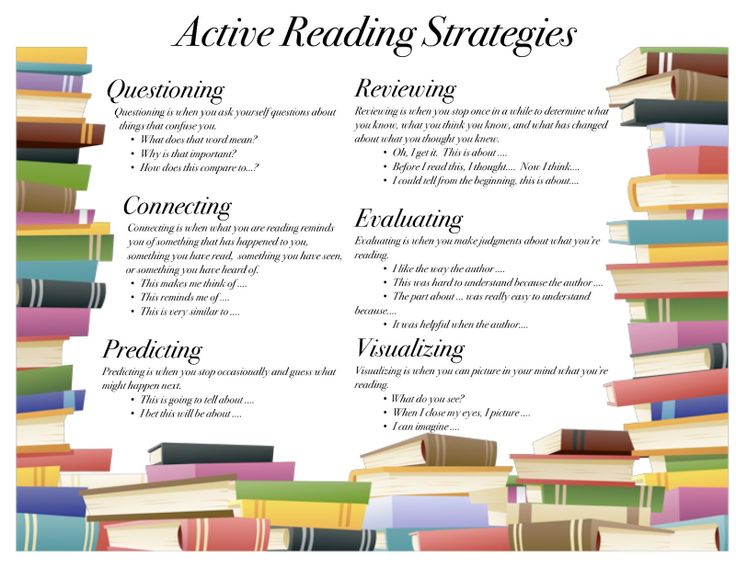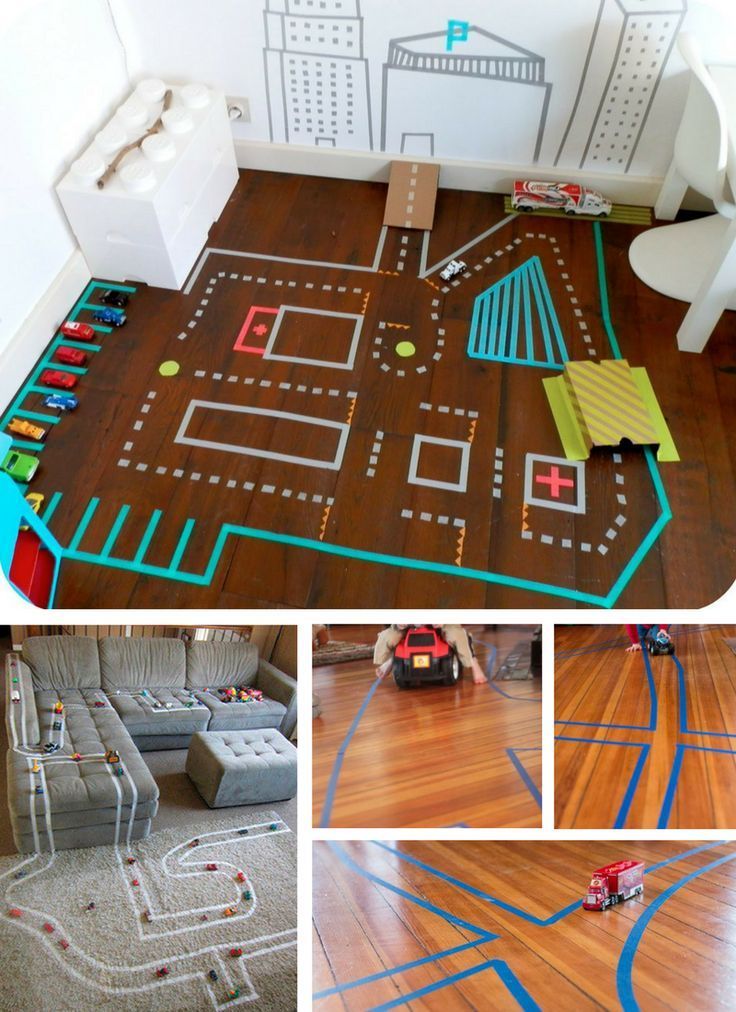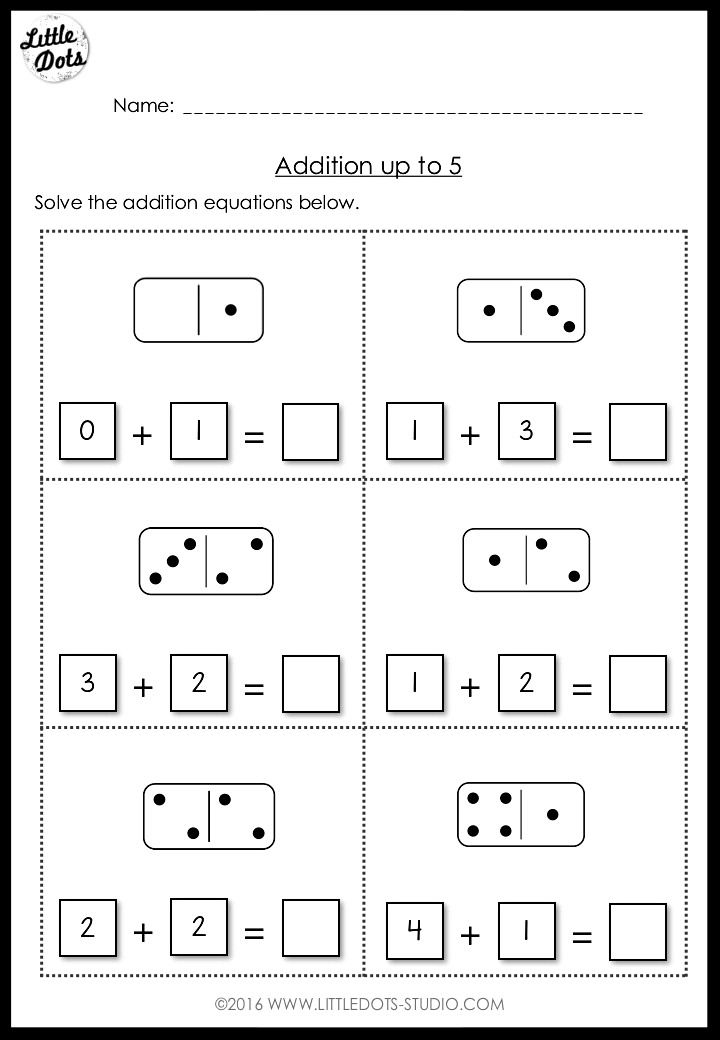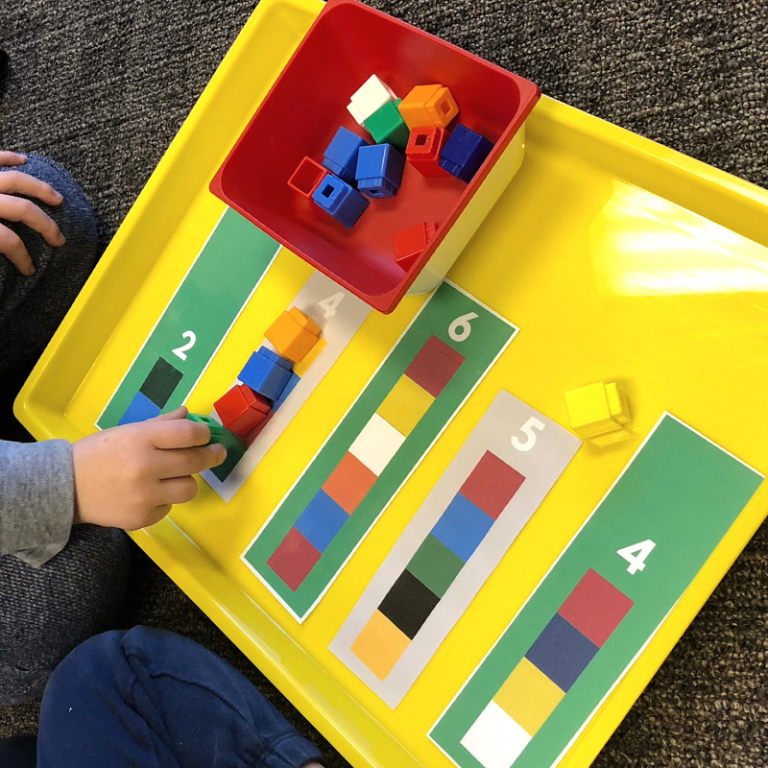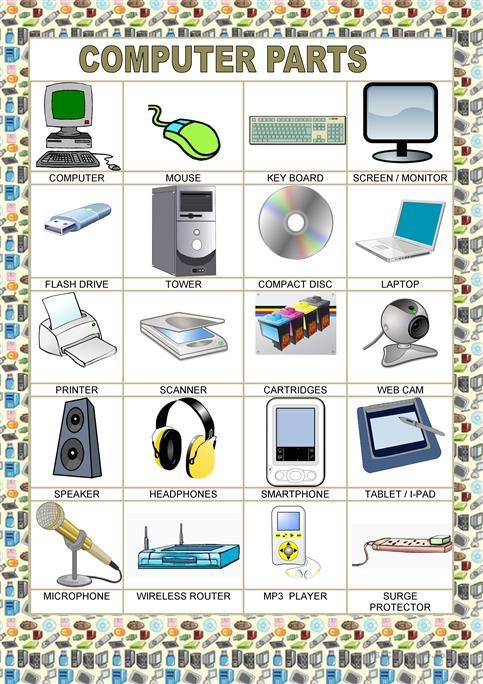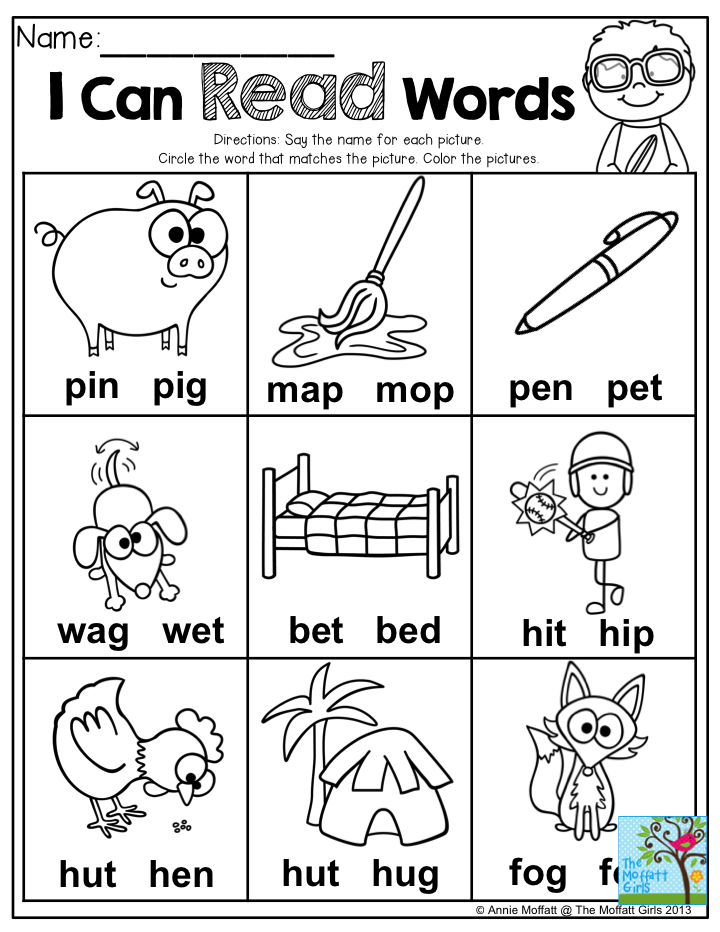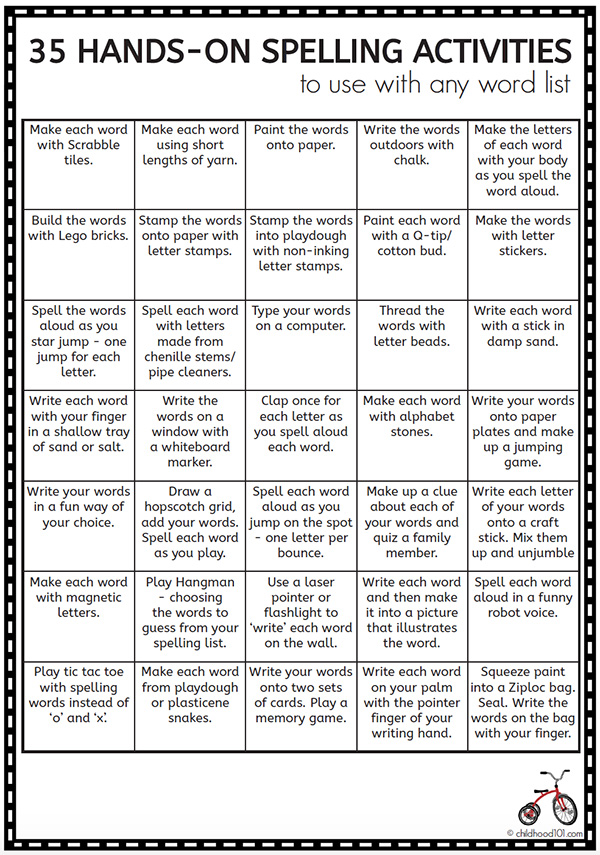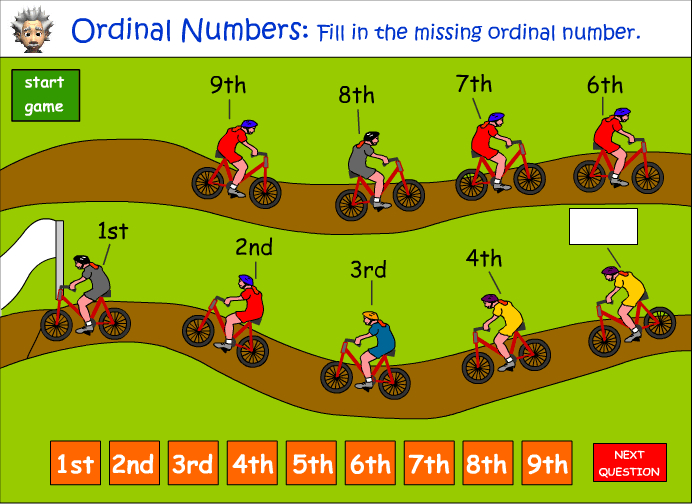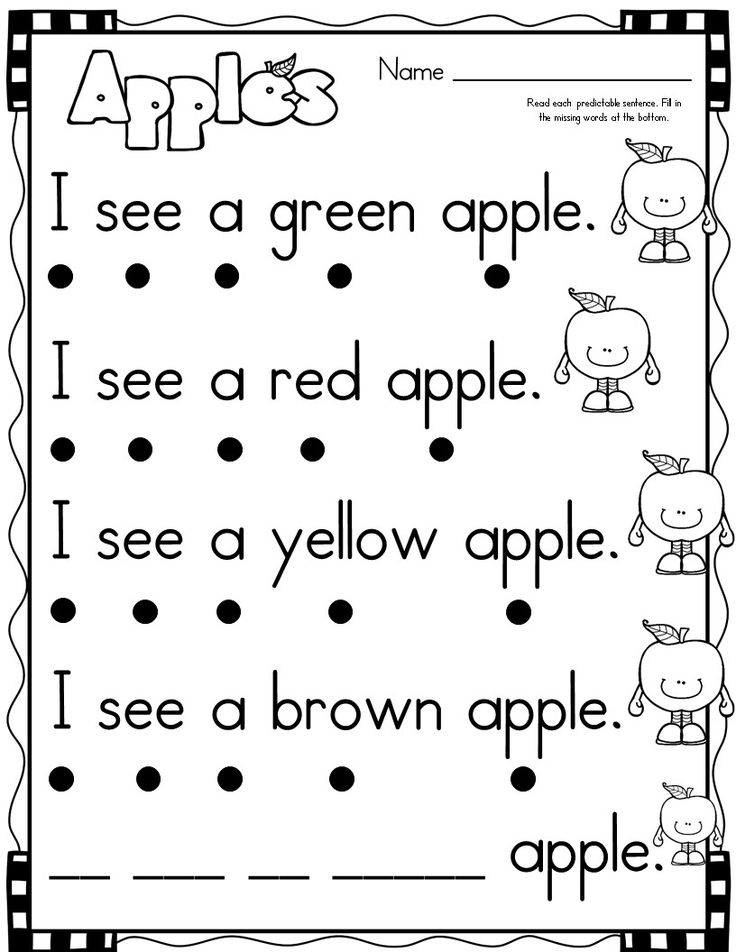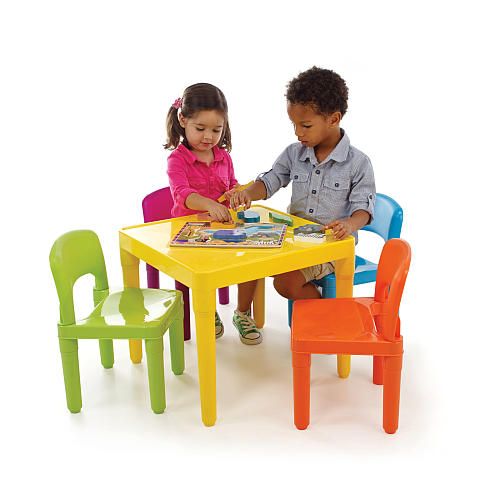Teaching to read strategies
Teaching Reading: Strategies & Methods
Various studies show that promoting reading can have a major impact on children and their future. In this article, we’ll look at strategies and methods to support the teaching of reading and comprehension in early elementary school and beyond.
There’s more than one way to teach children to read. So, it’s important to have a range of different strategies and methods to encourage learning in different students.
Teaching reading: strategies & methods
- Read aloud to students
- Provide opportunities for students to read, write and talk about texts
- Read texts repeatedly to support fluency
- Teach children the tools to figure out words they don’t know
- Provide time for studying spoken language, including vocabulary and spelling
- Use prior knowledge to make connections
- Predict
- Visualize
- Summarize
- Teach critical thinking skills
The early years: strategies for teaching reading
Literacy teaching and learning are core responsibilities of teachers and schools. Yet teaching reading and writing is a complex and highly skilled professional activity. Many young learners start school with little knowledge about how to read and write. Teachers are tasked with helping children to bridge the significant gap between linking their written and spoken language. Learning to read is critical, with research showing that reading for pleasure can:
- Promote improved health and wellbeing
- Help build social connections and relationships
- Increase the chances of social mobility.
Literacy development is an evolving and non-linear process that encompasses foundational skills (phonemic awareness), word recognition, reading fluency, vocabulary, and reading comprehension (Simms & Marzano, 2018).
For a student’s ultimate success, teachers must:
- Understand how students learn these skills, and
- Implement best practices when teaching these skills.
Learning to read should include exposure to a wide variety of exciting books from different genres. Students should also experience reading through different mediums, such as interactive apps and web content.
Students should also experience reading through different mediums, such as interactive apps and web content.
Here are 10 strategies you can use to support your students in developing their reading skills and boosting comprehension.
1. Read aloud to students
Read-aloud regularly in the classroom and encourage parents to do the same at home. Reading aloud has many benefits for students, including improving comprehension, building listening skills, and broadening their vocabulary development.
2. Provide opportunities for students to read, write, and talk about texts
Regularly giving students time to read, write, and talk about texts can enhance their skill development across multiple areas. For instance, reading more helps you become a better writer. By talking about texts and hearing the perspectives of classmates, young children also have the opportunity to deepen their comprehension. Encourage parents to further engage young readers by asking them to help their child attack difficult words and ask questions about the text that will promote discussions.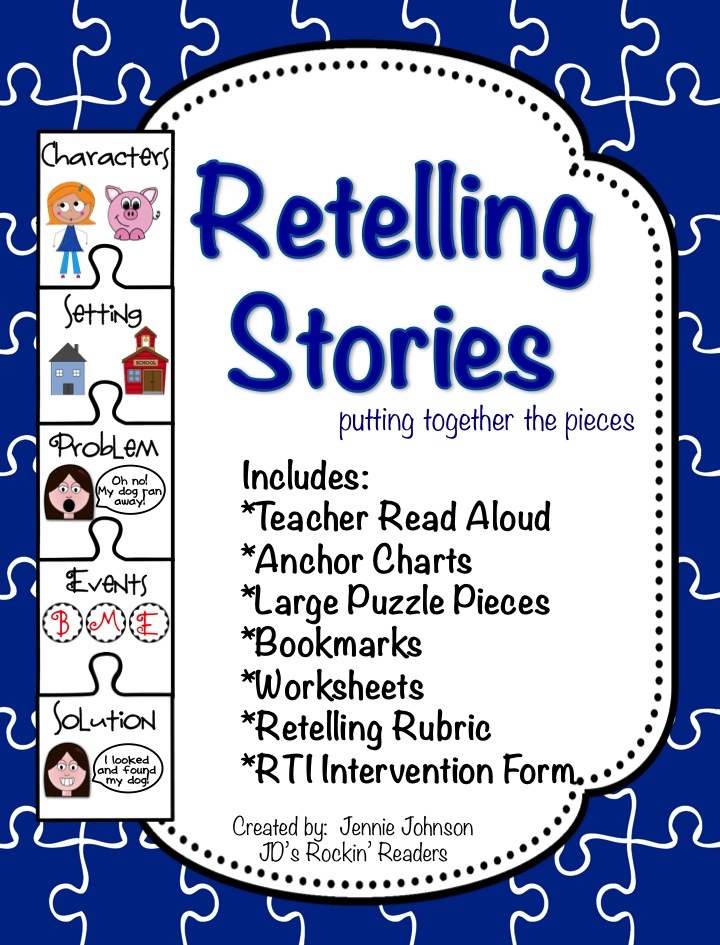
3. Read texts repeatedly to support fluency
Allow students to read the same texts multiple times. By doing this, they not only build fluency but also build confidence. The more confident they become in their reading skills, the more likely they will enjoy reading.
4. Teach children the tools to figure out words they don’t know
Teaching students to read for the ultimate goal of producing independent readers begins by explicitly teaching the code we use to decode words. That starts with teaching phonemic awareness.
Here are some other strategies that support phonics instruction:
- For beginning readers, target words that are decodable. These are regular spellings with regular sounds. (Ex. such – /s/ /u/ /ch/ not gone)
- Sound out each phoneme and blend as you go by going back to the first sound everytime a sound is added. Hold the sound (sing) then add the next sound. Ex. /g/, /r/, gr—, /ow/, grow.
Note: Students may want to look at pictures for context, but this does not help them decode words.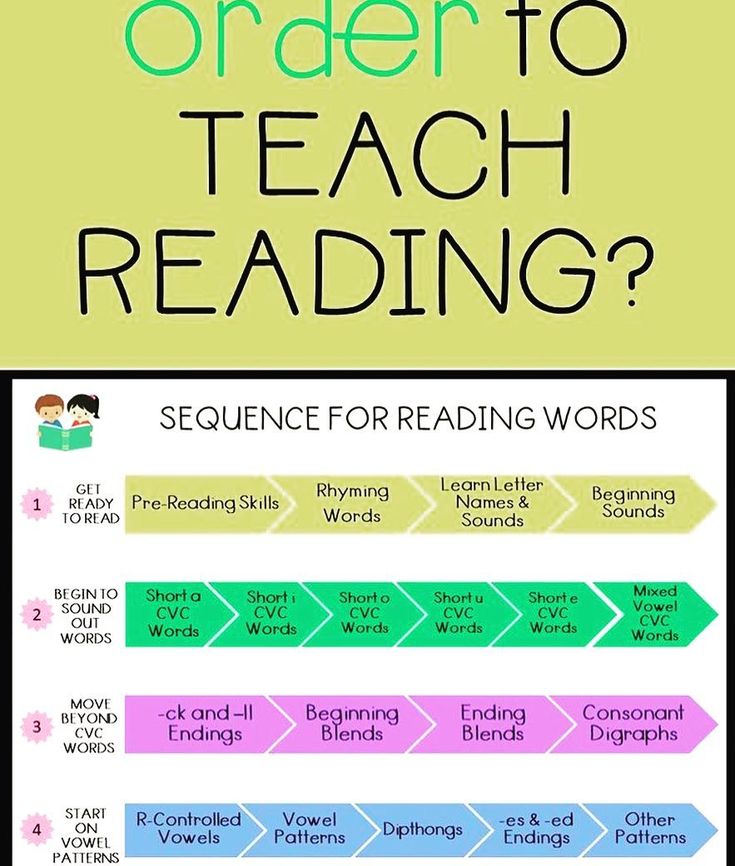 As we encourage students to read more difficult texts, they won’t have pictures to rely on, so encourage them not to use the pictures to decode difficult words.
As we encourage students to read more difficult texts, they won’t have pictures to rely on, so encourage them not to use the pictures to decode difficult words.
This might involve combining strategies, such as:
- Sounding out a word using phonics knowledge
- Looking at the pictures
- Skipping the word and coming back to it after reading the rest of the sentence
- Thinking about what would make sense.
As an elementary teacher, you can support the families of your young students by sharing phonics resources. By providing parents with practical resources, you are setting them up for a productive and positive reading experience with their child.
5. Provide time for studying spoken language, including vocabulary and spelling
A comprehensive approach to teaching reading also includes providing time to develop complementary skills, such as:
- Spoken language, including through conversation or oral presentations
- Vocabulary, such as building class lists while reading texts
- Spelling
- Grammar, such as through bite-sized video content like the Grammar Miniclips series.

6. Use prior knowledge to make connections
Each student brings unique prior knowledge to their reading education. This knowledge is the sum of all experiences they bring to the reading or viewing of a text. This could include personal experiences, cultural or religious experiences and concept knowledge. Prior knowledge helps young readers infer meaning from text, a skill recognized as a predictor of reading comprehension at various developmental stages and one of the drivers of sophisticated reading ability. An early reader can activate prior knowledge and make connections at each stage.
- Before reading, they could ask ‘What do I already know about this topic?’
- During reading, they could reflect ‘This part of the text is just like…’
- After reading, they could offer ‘I know more about this topic now.’
7. Predict
Prediction is about anticipation and working out the actions and ideas coming next. An early reader can use prediction at each stage of reading.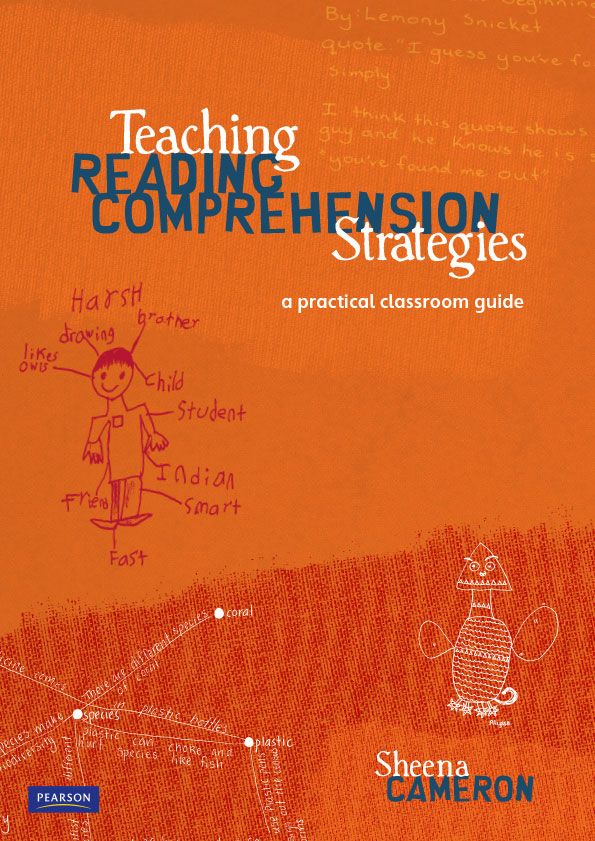
- Before reading, they could suggest ‘From the cover, I think this book will be about…’
- During reading, they could predict which word comes next in a sentence.
- After reading, they could comment on whether their predictions were correct.
8. Visualize
Visualizing combines using your senses and activating prior knowledge to create a mental picture. Ask students to create a “mind movie.” Young readers, especially with a teacher or parent prompting, can draw on their senses to imagine smells, sounds, tastes, and images that go with the story they are reading – like a show or movie in their mind.
9. Summarize
Teaching students to recall the main points or ideas of a story is not easy. First, they need to be able to put the story in order, then put it in their own words before they can articulate a ‘summing up’ of the author’s main ideas. To start to learn to summarize, young students can practice:
- Selecting the key words from a paragraph
- Locating the topic sentence (often found at the start or end of a paragraph)
- Responding to general questions about a story
- Talking through the story in their own words
10.
 Teach critical thinking skills
Teach critical thinking skillsCritical thinking gets readers to think about why an author creates a text in a particular way (author’s purpose). You can encourage young readers to ask some of the following questions to get them thinking critically about what they are reading:
- Why did the author write this story?
- What did the author leave out of the story?
- How do I feel about this story?
Reading comprehension strategies
Opportunities for teaching reading comprehension occur at all levels throughout the curriculum. Good comprehension draws from both linguistic knowledge and knowledge of the world we live in. Students develop skills in comprehension though high-quality discussion with teachers, and from regularly reading and discussing a range of texts across genres. Therefore, the reading strategies discussed earlier in the article should be practiced, consolidated and expanded on as a student progresses through school.
Growing readers must learn to read on the lines, between the lines, and beyond the lines.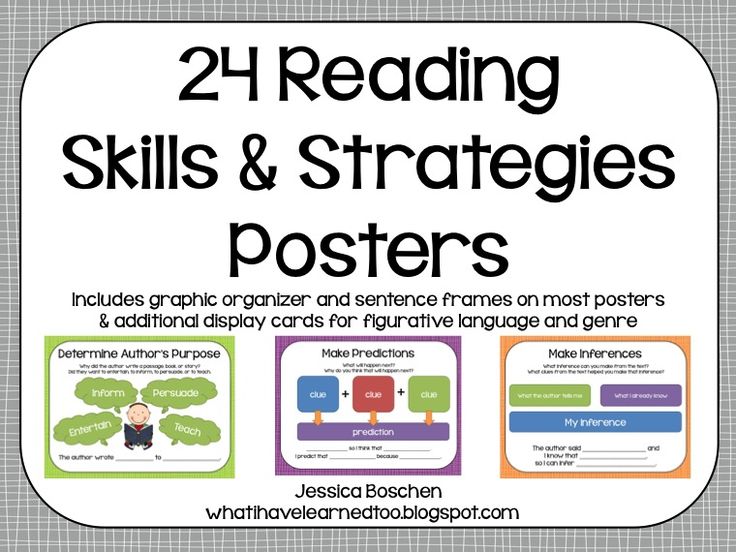 Reading will involve literal, interpretive, and inferential comprehension as it deepens in complexity. As students get more advanced, they’ll learn concepts such as transferring knowledge to new contexts and understanding an author’s viewpoint, purpose, and intended audience. And when they acquire those skills, they’ll be able to critically analyze messages and information in a range of literacy modes for various purposes.
Reading will involve literal, interpretive, and inferential comprehension as it deepens in complexity. As students get more advanced, they’ll learn concepts such as transferring knowledge to new contexts and understanding an author’s viewpoint, purpose, and intended audience. And when they acquire those skills, they’ll be able to critically analyze messages and information in a range of literacy modes for various purposes.
Recommendations for teachers to support the progression of reading comprehension:
- Make sure your students spend significant amounts of time reading engaging texts.
- Select texts for students which support authentic learning. These could include topic-based or interest-based texts.
- Give students access to a range of texts in various genres (multimodal, print-based, images, animations, graphic representations, video, audio, diagrams/charts, newspapers/magazines, fiction, non-fiction).
- Identify and discuss vocabulary from rich texts with your students.

- Give your students time to talk to each other about the texts they have read and listened to.
- Give students time to write and reflect on their reading.
Bring English language arts classes to life for your students
ClickView offers a huge range of educational videos for use in your ELA classes for elementary, middle and high school students. We regularly produce high-quality, curriculum-aligned videos and add these to the collection.
Browse English Language Arts Resources
Classroom Strategies | Reading Rockets
Strategy focus
AnyComprehensionFluencyPhonicsPhonological awarenessPrint awarenessVocabularyWriting
B/D/A
AnyBefore readingDuring readingAfter reading
Especially helpful for
AnyAcademic languageDecoding / encodingGrammarEnglish learnersOrganizing ideasSelf-monitoring
| Strategy | Focus | B/D/A | Template |
|---|---|---|---|
| Alphabet Matching | Phonics | ||
| Anticipation Guide | Comprehension |
| |
| Audio-Assisted Reading | Fluency |
| |
| Blending and Segmenting Games | Phonological awareness | ||
| Choral Reading | Fluency |
| |
| Concept Maps | Comprehension |
| |
| Concept of Word Games | Phonological awareness |
| |
| Concept Sort | Comprehension |
| |
| Descriptive Writing | Writing | ||
| Dictation | Writing | ||
| Directed Reading Thinking Activity (DRTA) | Comprehension |
| |
| Elkonin Boxes | Phonological awareness | ||
| Exit Slips | Comprehension |
| |
| First Lines | Comprehension |
| |
| Framed Paragraphs | Writing | ||
| Inference | Comprehension |
| |
| Inquiry Chart | Comprehension |
| |
| Jigsaw | Comprehension |
| |
| List-Group-Label | Vocabulary |
| |
| Listen-Read-Discuss (LRD) | Comprehension |
| |
| Matching Books to Phonics Features | Phonics |
| |
| Onset-Rime Games | Phonological awareness | ||
| Paired (or Partner) Reading | Fluency |
| |
| Paragraph Hamburger | Writing | ||
| Paragraph Shrinking | Comprehension |
| |
| Partner Reading | Comprehension |
| |
| Persuasive Writing | Writing | ||
| Possible Sentences | Vocabulary |
| |
| Question the Author | Comprehension |
| |
| Question-Answer Relationship (QAR) | Comprehension |
| |
| RAFT | Writing | ||
| Reader’s Theater | Fluency |
| |
| Reading Guide | Comprehension |
| |
| Reciprocal Teaching | Comprehension |
| |
| Revision | Writing | ||
| Rhyming Games | Phonological awareness | ||
| Semantic Feature Analysis | Vocabulary | ||
| Semantic Gradients | Vocabulary | ||
| Sentence Combining | Writing | ||
| Shared Reading | Fluency |
| |
| Story Maps | Comprehension |
| |
| Story Sequence | Comprehension |
| |
| Summarizing | Comprehension |
| |
| Syllable Games | Phonological awareness | ||
| Think-alouds | Comprehension |
| |
| Think-Pair-Share | Comprehension |
| |
| Timed Repeated Readings | Fluency |
| |
| Transition Words | Writing | ||
| Visual Imagery | Comprehension |
| |
| Word Hunts | Vocabulary |
| |
| Word Maps | Vocabulary | ||
| Word Walls | Vocabulary |
| |
| Writing Conferences | Writing |
5 Effective Strategies for Teaching Reading
5 Effective Strategies for Teaching ReadingOnline store of wooden toys
The ability to read is essential for success in school.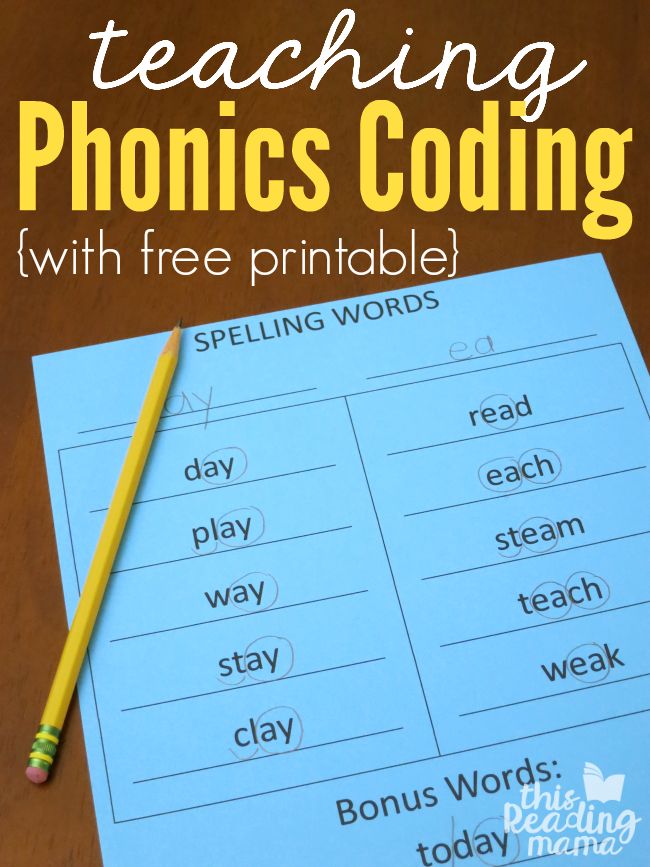 Students should be able to carefully read, comment and understand assignments and texts in all subjects.
Students should be able to carefully read, comment and understand assignments and texts in all subjects.
After reviewing the archives and reviewing research findings, we have compiled a list of strategies that will help develop strong reading skills and confidence in all students, including those who are struggling.
CHORAL AND/OR PARTNER READING
Poor fluency and modeled pronunciation simply won't benefit students, and asking them to take turns reading aloud in front of the whole class can stigmatize readers who are having difficulty.
Choral reading - when the teacher and the class read the text aloud together - diverts the attention of struggling readers and encourages them to participate. Research shows that it improves reading fluency, expands vocabulary, and boosts students' confidence.
Reading with a partner is another research-based strategy. A pair of students alternately read the text aloud and then assume the role of a listener. The listener asks follow-up questions to make sure the reader understands the text. If the stronger reader goes first, it helps readers who are having trouble because they hear difficult words before they read them themselves. According to research, this form of peer review and questioning improves reading fluency.
The listener asks follow-up questions to make sure the reader understands the text. If the stronger reader goes first, it helps readers who are having trouble because they hear difficult words before they read them themselves. According to research, this form of peer review and questioning improves reading fluency.
MULTI-CLASS READING
High school and junior high school students reading together provides academic, social and emotional benefits that are two-way. Young children see higher reading fluency modeled and benefit from the individualized attention of mentoring; high school students learn by answering questions and develop important skills such as empathy and patience. Also, for older children who find it difficult to read at their grade level, this experience allows them to access simpler texts without shame - and at the same time boost their confidence by taking on a leadership role.
Let younger students choose books first to increase their interest; Later, ask high school students to share their favorite books.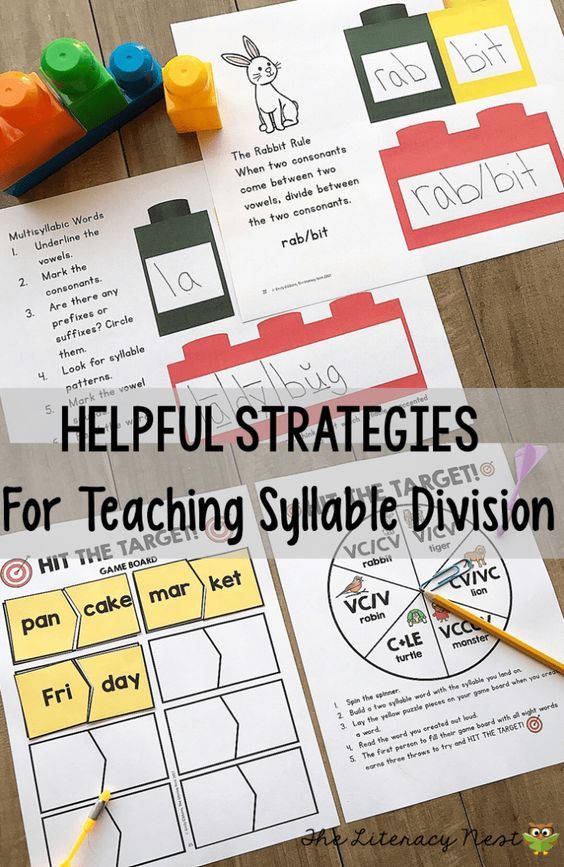 As skills develop, younger children can also begin to read and not just listen.
As skills develop, younger children can also begin to read and not just listen.
READING WITH AUDIOBOOKS
Listening to an audiobook while reading is a great approach - at least intermittently - for all students, but it has particular benefits for struggling readers and students with dyslexia. In a 2010 study, dyslexic students who listened to audiobooks showed significant improvements in reading accuracy, improved behavior and school performance, and greater motivation and involvement in school.
While reading aloud is an effective strategy to support students with dyslexia, it does not replace explicit phonics-based step-by-step learning, also known as structured literacy, which remains one of the most effective reading strategies for students with this condition. Structured literacy focuses on teaching phonemic and phonological awareness, among other skills such as coding and comprehension.
GIVE A CHOICE OF BOOKS TO STUDENTS
Giving students the opportunity to choose what to read and offering options that reflect their experiences increases their engagement.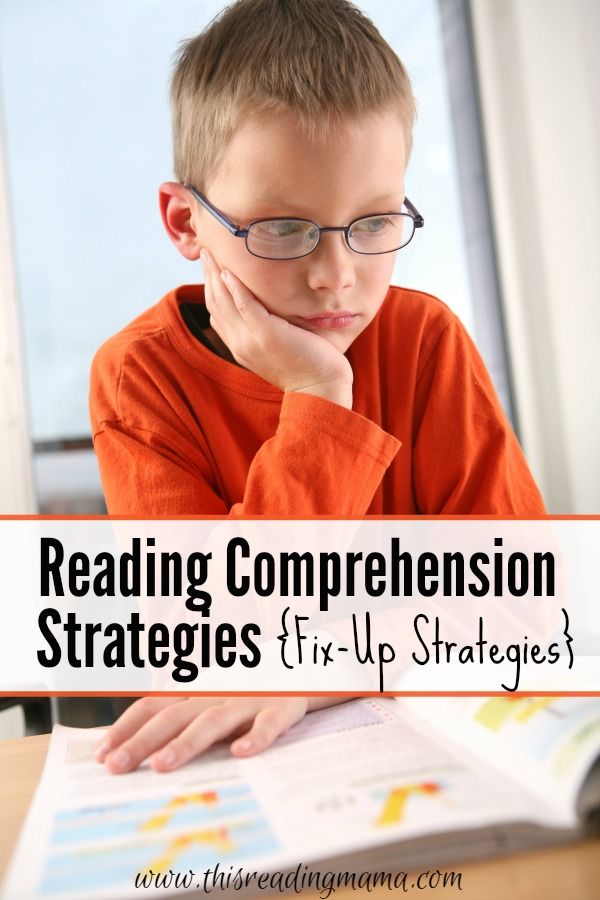 Giving students a choice doesn't mean lowering your expectations. Yes, kids can choose books that are easy for them, but you can influence that. Offer options that are more complex, but at the same time, meet their interests.
Giving students a choice doesn't mean lowering your expectations. Yes, kids can choose books that are easy for them, but you can influence that. Offer options that are more complex, but at the same time, meet their interests.
When it comes to keeping your bookshelves full of stories your students will be interested in, having a varied classroom library is essential. Asking your students what books they want to read and what categories they are interested in is a good start.
READING THE SAME TEXT MULTIPLE TIMES IN MULTIPLE MODES
At Concourse Village Elementary School in New York City, the school outperforms the citywide average as part of a schoolwide, interdisciplinary approach to reading that emphasizes repeated exposure to the same text by as much as 40 points in the English exam. Their five-step reading strategy - one of several approaches at the school - also emphasizes re-accessing the same text in different forms. Students in chorus read the same text every day for a week, and each day they focus on honing different skills: identifying the main idea, annotation, identifying key details, analyzing authorship and inference.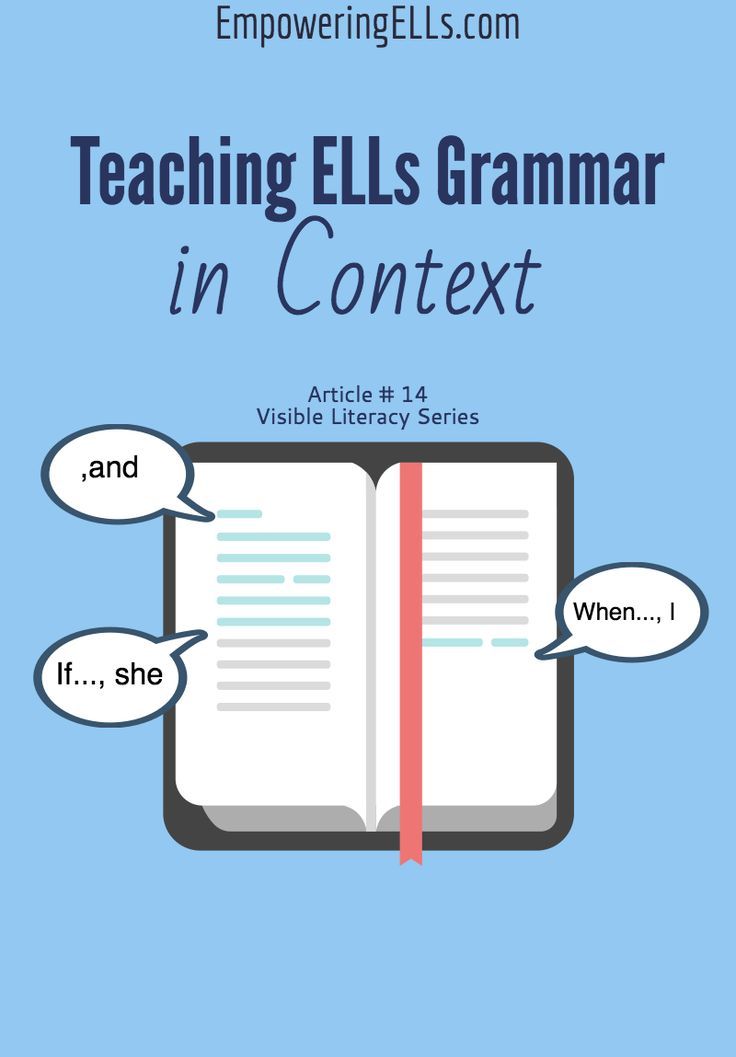
01/16/2021
Strategies for teaching meaningful reading | Article on the topic:
Municipal Autonomous Educational Organization
Secondary school No. 3 of the city of Ruza
143100 Moscow Region, Tel./Fax 8 (496) 272 30-06
Volokolamsk highway, house 4 E -mail: [email protected]
9,0004 ____________________________________________________________________________________________________________________________________________________________________________ater - round table“Resources of modern lesson that ensure the development of new educational standards. PEDAGOGICAL TECHNOLOGIES»
ACTIVITY APPROACH IN LEARNING
Teaching semantic reading. Strategies for pre-text, text and post-text activities
Teacher of the Russian language and literature
Makina Natalia Mikhailovna
December 29, 2018
mastering the skills of semantic reading of texts of various styles and genres. According to scientists, it is semantic reading that can become the basis for the development of value-semantic personal qualities of a student, reliable support for successful cognitive activity throughout his life.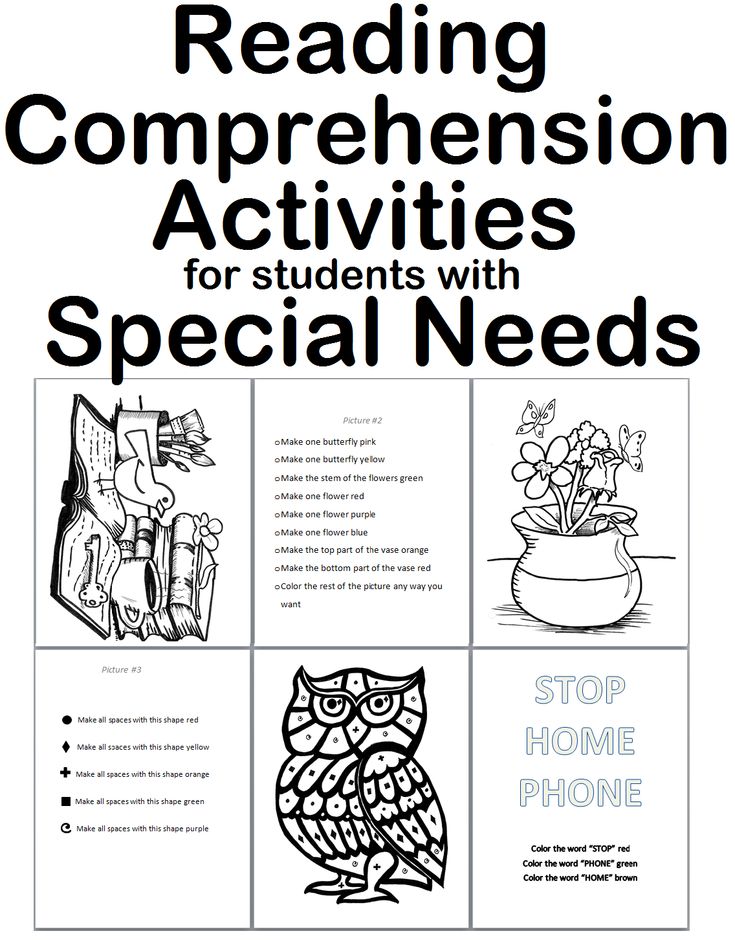
The task of teaching to understand, analyze, interpret text in familiar and unfamiliar cognitive situations for students is becoming one of the most urgent tasks of modern school.
Semantic (productive) reading is a type of reading that is aimed at understanding the semantic content of the text by the reader. In the concept of universal educational activities (AG Asmolov, GV Burmenskaya, IA Volodarskaya, etc.) activities of semantic reading are distinguished, connected with:
- comprehension of the purpose of reading and choice of the type of reading depending on the purpose;
- extracting the necessary information from the listened texts of various genres;
- definition of primary and secondary information;
- by formulating the problem and the main idea of the text.
The purpose of semantic reading is to understand the content of the text as accurately and completely as possible, to catch all the details and practically comprehend the information.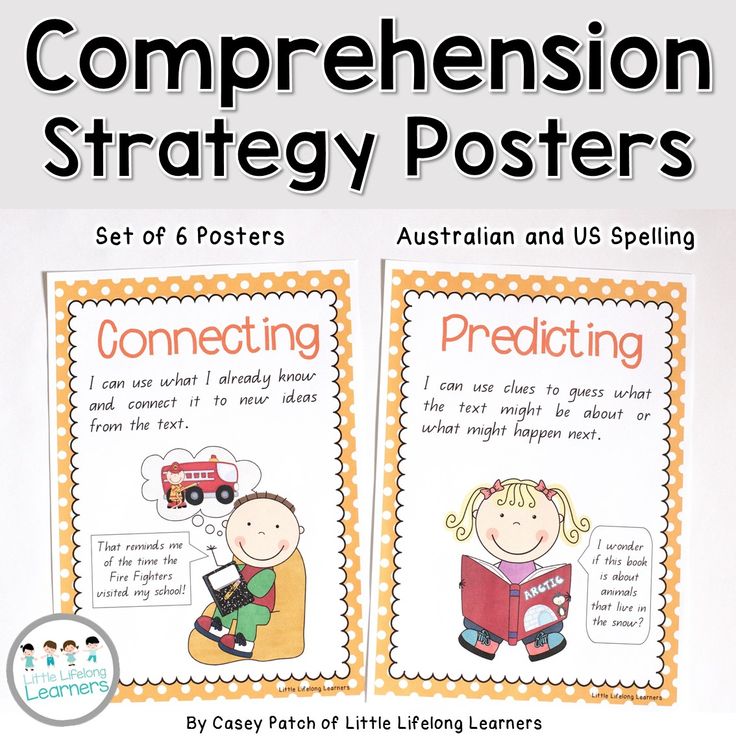 This is a careful "reading" and penetration into the meaning of the text through its analysis. Possession of semantic reading skills contributes to the development of oral speech and, as a result, written speech and productive learning. The development of the ability of semantic reading helps to master the art of analytical, interpretive and critical reading.
This is a careful "reading" and penetration into the meaning of the text through its analysis. Possession of semantic reading skills contributes to the development of oral speech and, as a result, written speech and productive learning. The development of the ability of semantic reading helps to master the art of analytical, interpretive and critical reading.
How to help a basic school student to master “the skills of semantic reading of texts of various styles and genres”? One of the main ways to develop reading literacy is a strategic approach to teaching meaningful reading.
According to N. Smetannikova's definition, "the way, the reader's program of actions for processing various information of the text is a strategy." Reading strategies are an algorithm of mental actions and operations in working with text. By ensuring its understanding, they help to master knowledge better and faster, retain it longer, and foster a culture of reading.
Traditionally, the method of working with text was based on the scheme "Read the text" - "Answer the questions (mainly of a reproductive nature)".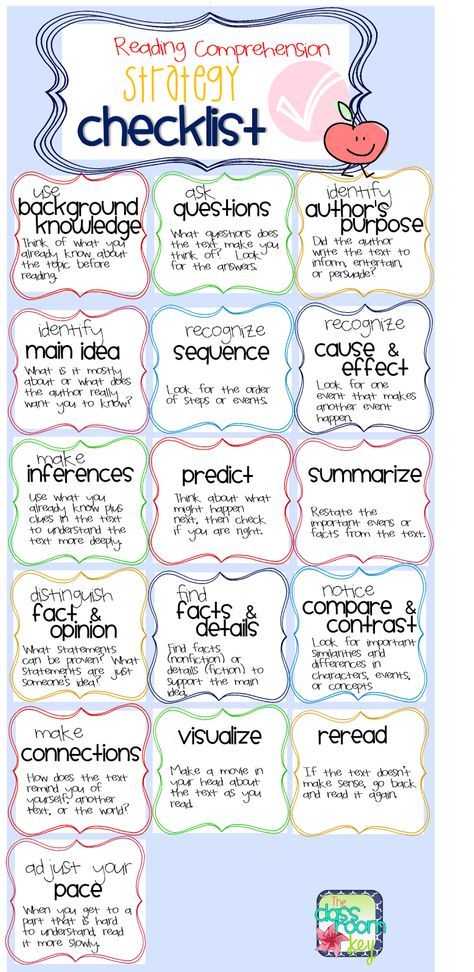 When implementing the activity approach, working with the text includes seven steps that the reader must complete:
When implementing the activity approach, working with the text includes seven steps that the reader must complete:
Pre-text activity:
- Setting the goal of reading
- Determining the nature of the text
- Viewing the heading and subheadings
- Assuming the author’s intention
- about the type of reading, the beginning of activity
Text activity:
- Hypotheses that are refuted or confirmed in the course of activity
For each of the steps, you can choose your own strategies, and we will focus on some of them today.
Strategy of pre-text activity "Landmarks of anticipation"
This strategy is similar to the children's game "Do you believe?", but the question is formulated slightly differently: "Do you agree?". The goal of the strategy is to update readers' existing knowledge on the topic. For work, a table is presented, the central column of which is filled with judgments prepared by the teacher on the topic of the text.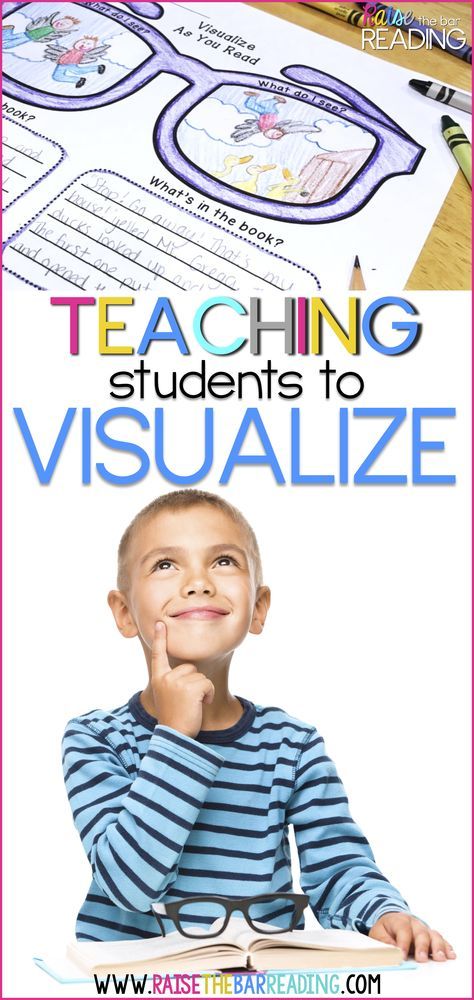 At the pre-text stage, the student must mark in the left column those judgments with which he agrees.
At the pre-text stage, the student must mark in the left column those judgments with which he agrees.
| Before reading | Judgment
| |
| There are at least two ideas about how the universe works. | ||
| The achievements of modern physics have made it possible to find answers to all questions about the origin of the Universe. | ||
| The idea that the Earth is not flat was scientifically substantiated by modern European scientists. | ||
| The experience of the sea travels of the ancient Greeks confirms the idea that the Earth is round. |
At the post-text stage, students fill in the right column, find discrepancies in answers, explain the reasons for this.
Strategies of textual activity
Numerous works of recent years state that students have difficulty reading even texts that are not very voluminous. Often this is due to the fact that readers very quickly move from studying reading to viewing reading, transferring “screen” reading techniques (the “five-line” principle) to reading “paper” text. Consequently, there is a need to use special techniques that “slow down” reading, help to keep attention, and make the reading process interactive.
The easiest way to keep attention is to break the text into small fragments and invite the student to write answers to the questions posed to the text.
There is an opinion in the pedagogical environment that a good teacher is not the one who explains well, but the one who knows how to ask interesting questions.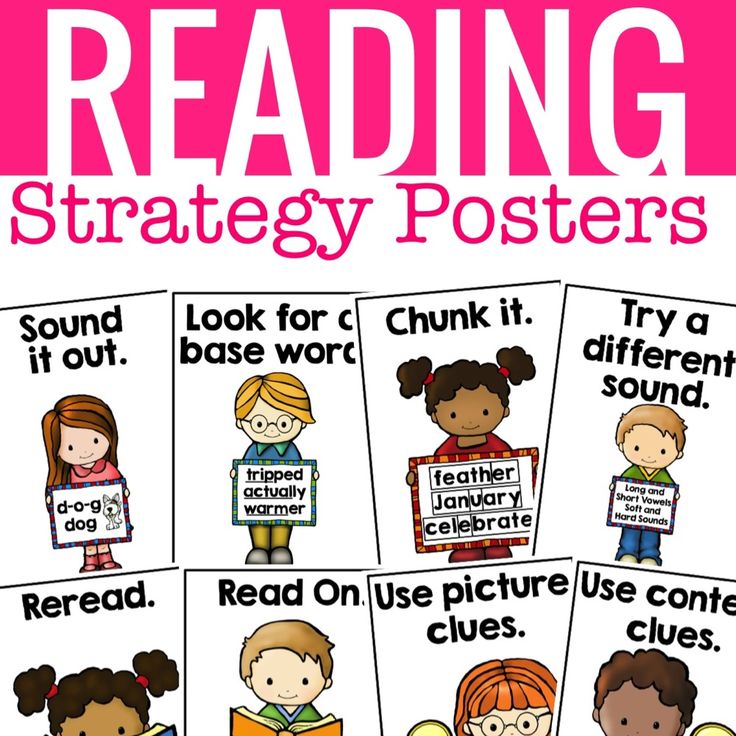 However, the art of "questioning" is important not only for the teacher. Students should be encouraged to ask their own questions about the text. Soviet psychologist L.P. Doblaev wrote: “The first and main method of independent understanding of the text is to pose questions in front of oneself and search for answers to them.”
However, the art of "questioning" is important not only for the teacher. Students should be encouraged to ask their own questions about the text. Soviet psychologist L.P. Doblaev wrote: “The first and main method of independent understanding of the text is to pose questions in front of oneself and search for answers to them.”
There are quite a number of strategies for dealing with questions while reading a text.
As part of the technology for the development of critical thinking through reading and writing, all questions were divided into "thin" (requiring an unambiguous answer) and "thick" (requiring a detailed answer).
Text strategy
Table “Who? What? When? Where? Why?"
| Who? | What? | When? | Where? | Why? |
| Generalized question / plan in questions (in pairs) Question for the entire paragraph. There may be 1-2 of them. | Extracts from the text | |
| Keywords/phrases (in pairs) Words from the text needed to answer the question. Most often these are nouns, noun + verb. | “Individual” words/ Noticed details (individually) | |
- Read the text paragraph by paragraph, sequentially fill in the lines of the table, go to the next paragraph only when the line is completely filled.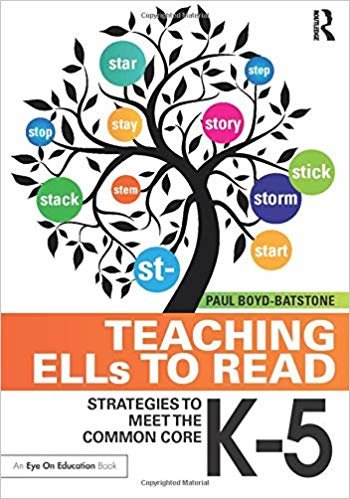 On the last line, the student can write down what is most difficult to remember.
On the last line, the student can write down what is most difficult to remember.
If, after filling in the table, using all the words in the first and second columns, you can create a concise paraphrase, the work is done correctly. If it was not possible to create a secondary text, you need to eliminate unnecessary words, add the missing ones.
How to create an annotation? Abstract - a generalized answer to the question of what the text is about. To create it, in the first column you need to underline the nouns and verbs and write down the answer using all the underlined words. Then you need to edit the recorded, eliminating repetitions. You can start recording with a cliché: The text expresses an opinion about ... etc.
As a conclusion. A successful person cannot be a non-reader. Fashionable - prestigious - interesting - this is the way of becoming the activity of reading in the mind of a young person, before he understands that reading for study and work, for himself is the norm, before he begins to associate reading and success.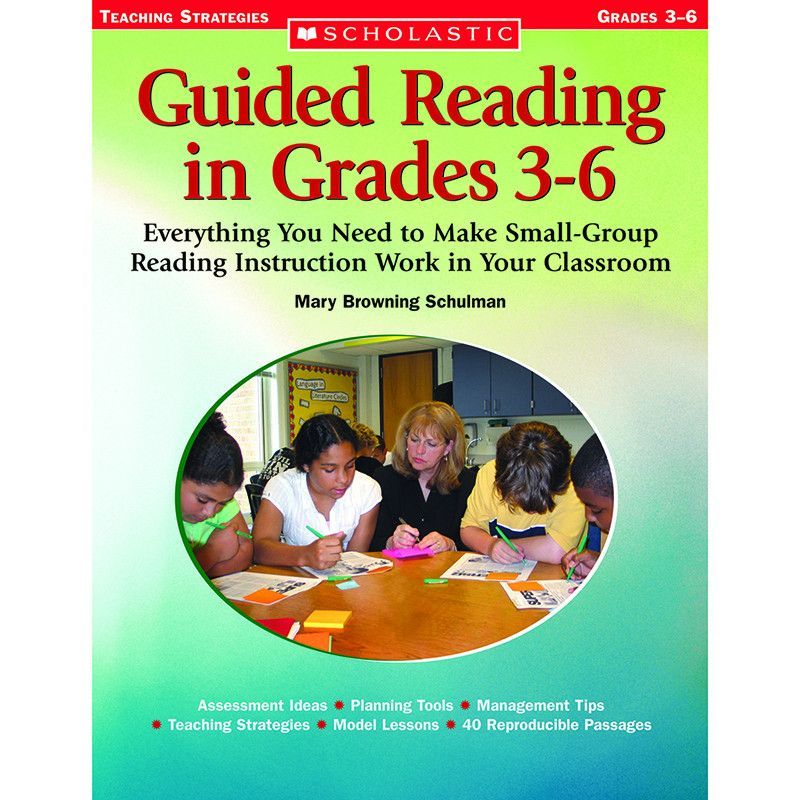
In D. Pennack's book "Like a Novel", which is today a desktop table for the professional community, we read: "In every reading, no matter how suppressed, the joy of being able to read is inherent, and it is akin to the delight of an alchemist. The joy of the opportunity to read is indestructible, it is not afraid of any spectacle, even television, even going every day a continuous avalanche. However, if the joy of reading is lost (if, as they say every now and then... young people do not like to read), then it is not so far lost. Just got a little lost. Nothing to bring her back. But you also need to know on what roads to look for it ... "
References:
- Sapa A.V. Formation of the foundations of semantic reading in the framework of the implementation of the Federal State Educational Standard of basic general education. - https://cyberleninka.ru/article/v/formirovanie-osnov-smyslovogo-chteniya-v-ramkah-realizatsii-fgos-osnovnogo-obschego-obrazovaniya
- Smetannikova N.
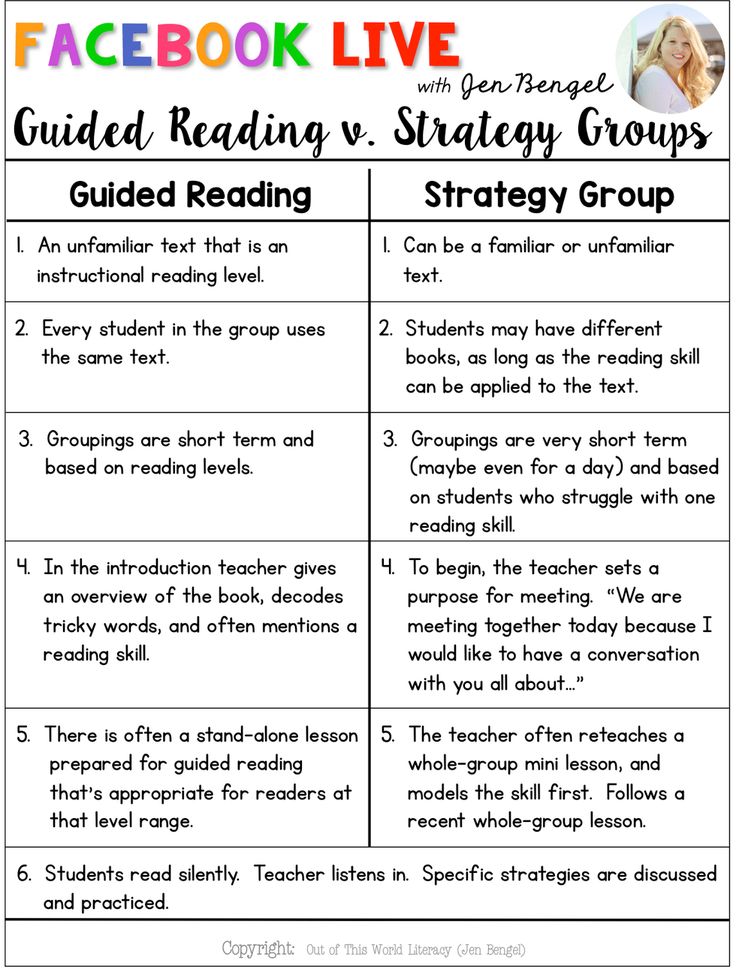 N. Teaching reading strategies in grades 5–9: how to implement GEF: a guide for teachers. - M. : Balass, 2011
N. Teaching reading strategies in grades 5–9: how to implement GEF: a guide for teachers. - M. : Balass, 2011 - Fisenko T. I. Development of semantic reading skills when working with various texts in lessons in grades 5–11 - http://www.kreativ-didaktika.ru/
- Hawking S. A Brief History of Time. From the Big Bang to black holes. - https://www.litmir.me/br/?b=242723&p=1
- Chepurygina N. Interdisciplinary program "Fundamentals of semantic reading and working with text". — http://ru.calameo.com
Appendix 1.
Text for practical work
Stephen Hawking
Brief history of time. From the Big Bang to Black Holes
Chapter One
Our View of the Universe
Once upon a time, a famous scientist (they say it was Bertrand Russell) gave a public lecture on astronomy. He told how the Earth revolves around the Sun, and the Sun, in turn, revolves around the center of a huge cluster of stars called our Galaxy. When the lecture came to an end, a little old lady got up from the last row and said, “Everything you have told us is nonsense.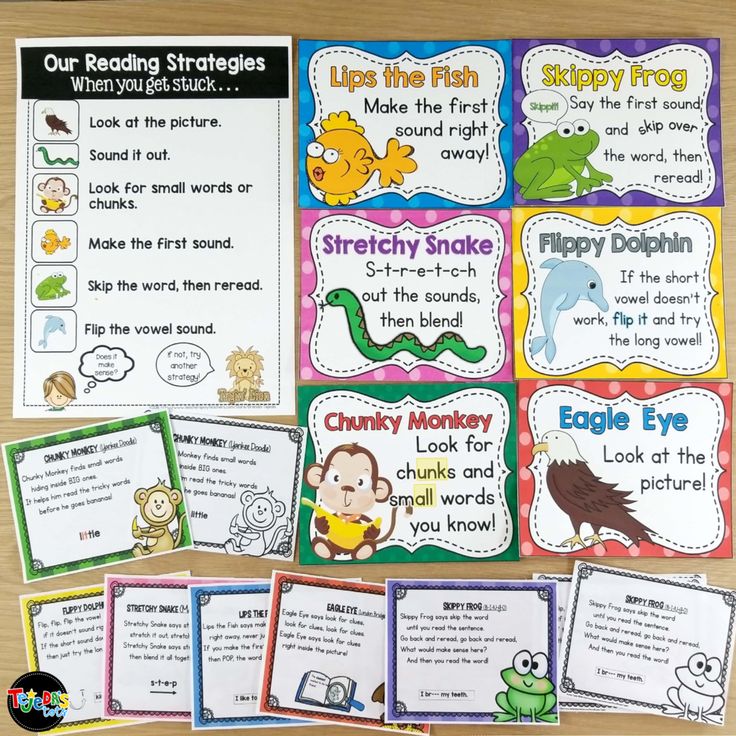 In fact, our world is a flat plate that sits on the back of a giant tortoise.” Smiling condescendingly, the scientist asked: “What keeps the turtle?” “You are very clever, young man,” the old lady replied. “A turtle is on another turtle, that one is also on a turtle, and so on, and so on.”
In fact, our world is a flat plate that sits on the back of a giant tortoise.” Smiling condescendingly, the scientist asked: “What keeps the turtle?” “You are very clever, young man,” the old lady replied. “A turtle is on another turtle, that one is also on a turtle, and so on, and so on.”
The idea of the universe as an endless tower of turtles will seem ridiculous to most of us, but why do we think we know everything better? What do we know about the universe and how did we know it? Where did the universe come from and what will become of it? Did the universe have a beginning, and if so, what happened before the beginning? What is the essence of time? Will it ever end? The achievements of physics in recent years, which we owe to some extent to the fantastic new technology, finally allow us to get answers to at least some of these questions that have long been before us. Time will pass, and these answers will perhaps be as certain as the fact that the Earth revolves around the Sun, and perhaps as ridiculous as a tower of turtles.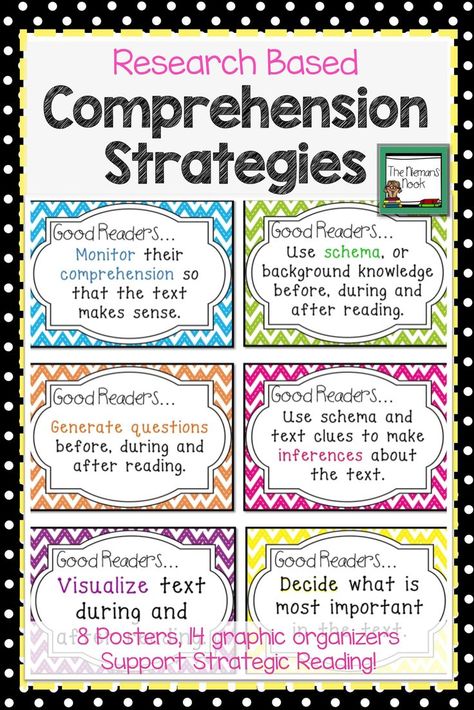 Only time (whatever it is) will decide it.
Only time (whatever it is) will decide it.
Back in 340 B.C. e. The Greek philosopher Aristotle, in his book On the Sky, gave two strong arguments in favor of the fact that the Earth is not flat, like a plate, but round, like a ball. First, Aristotle guessed that lunar eclipses occur when the Earth is between the Moon and the Sun. The Earth always casts a round shadow on the Moon, and this can only be if the Earth is spherical. If the Earth were a flat disk, its shadow would have the shape of an elongated ellipse - unless the eclipse always occurs exactly at the moment when the Sun is exactly on the axis of the disk. Secondly, from the experience of their sea voyages, the Greeks knew that in the southern regions the North Star in the sky is observed lower than in the northern ones. (Since the North Star is located above the North Pole, it will be directly above the head of an observer standing at the North Pole, and to a person at the equator it will seem that it is on the horizon.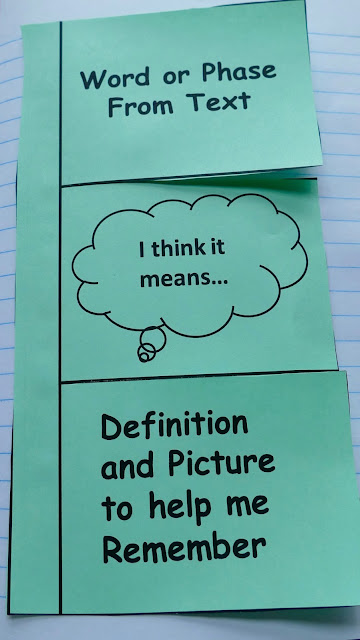

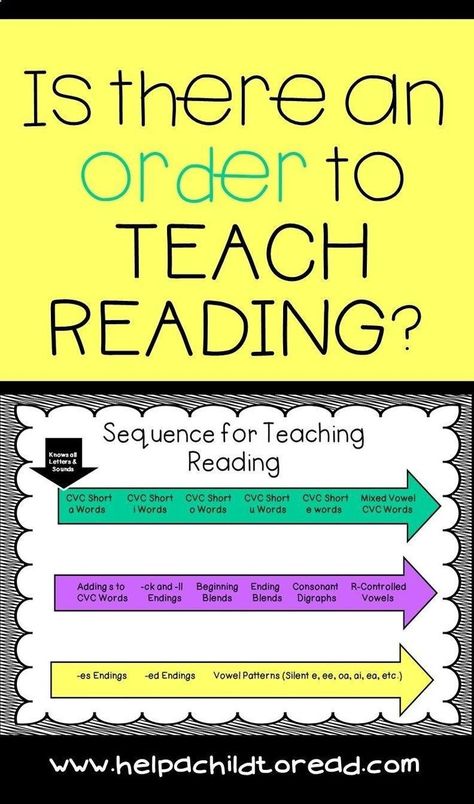
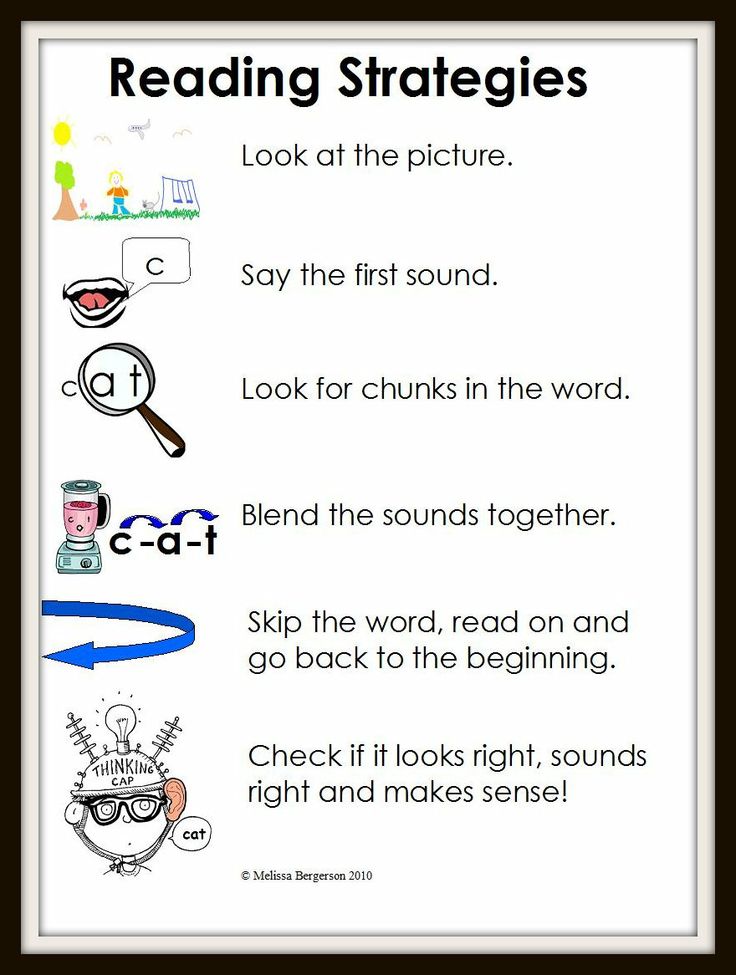 This allows you to invite students to formulate a possible question to a fragment of the text. You can work with the table by paragraphs, paragraph paragraphs, etc.
This allows you to invite students to formulate a possible question to a fragment of the text. You can work with the table by paragraphs, paragraph paragraphs, etc. 